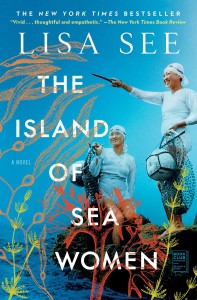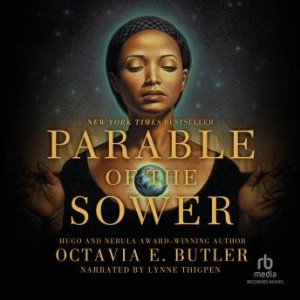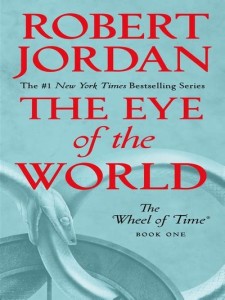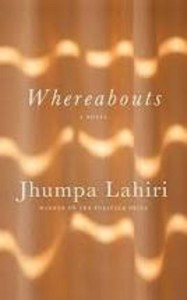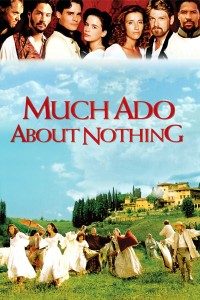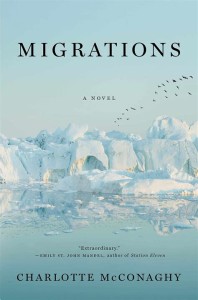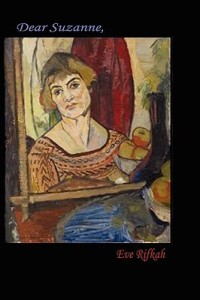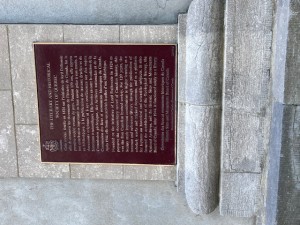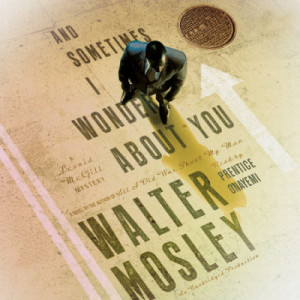
Talk about spinning literary gold from genre fiction! Each Walter Mosley book I read is even better than the last. This 2015 novel is the fifth book in the series featuring Leonid McGill. This New York-based private eye has the strong, if peculiar, code of honor that I always like to see in a protagonist. A former thug who is still mistrusted by the police, he now works when he can to undo the damage his young self wrought.
Although he and his wife Katrina never recovered their marital life after she returned to his house, and they both seek lovers elsewhere, he does love her in his way and feels responsible for her. Of the three children they are raising, only one is his blood child. His son by another father, Twill, is the child he shamelessly loves best, perhaps because he sees a little himself in the independent young man. Leonid has a tight circle of friends and a wide, if often underground, network of contacts.
In this book, he has to juggle responsibilities for work and family. Katrina is still hospitalised from her attempted suicide in the last book. Twill, who has joined Leonid’s agency, takes on a highly dangerous case without telling his father. After Leonid turns down a case brought to him by a homeless man, the man is murdered. The private eye vows to find the killer and tries to ensure the man’s children are provided for. On top of all this, a simple train ride back from a business engagement in Philadelphia turns life-threatening when he helps a woman who is being stalked by a gangster, a woman who is more than a match for Leonid himself and threatens to disrupt his life.
The unexpected twists and overwhelming danger as Leonid tries to resolve each issue kept me glued to the book. The love and integrity and compassion are equally riveting. The brilliant cast of characters, many familiar from the previous books in the series, continue to evolve. Most of all, how the theme of family and the many forms it can take plays out is fascinating.
There are a lot of layers to this book, as there are for any of Mosley’s novels. You can simply go along for the ride or take a little time to consider these characters and what their lives and challenges have to say about our splintered society. Either way, you’ll find this book rewarding. Although you can enjoy it as a standalone, I do recommend reading the series in order to enjoy the subtle ways all the characters grow.
What Walter Mosley novels have you read? What do you think of them?
